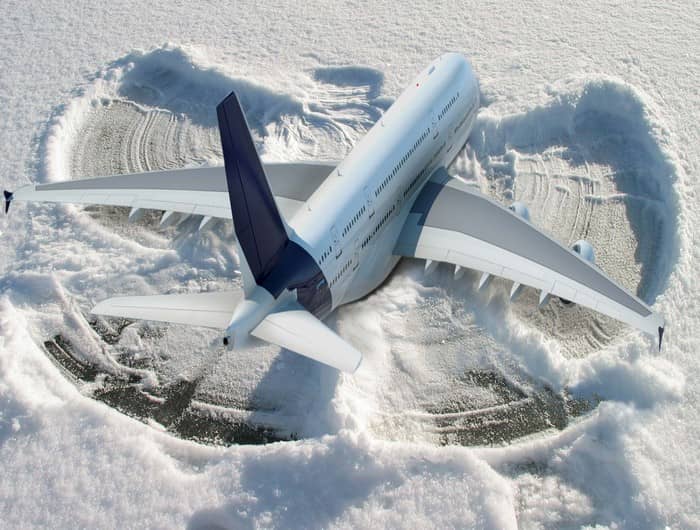There are wonderful sights to see at the airport while traveling in the winter holidays. All kinds of people and disasters surround you. Seeing a plane being sprayed with orange water defiantly made up to my list. Thankfully it was not a disaster, it was done to avoid one!
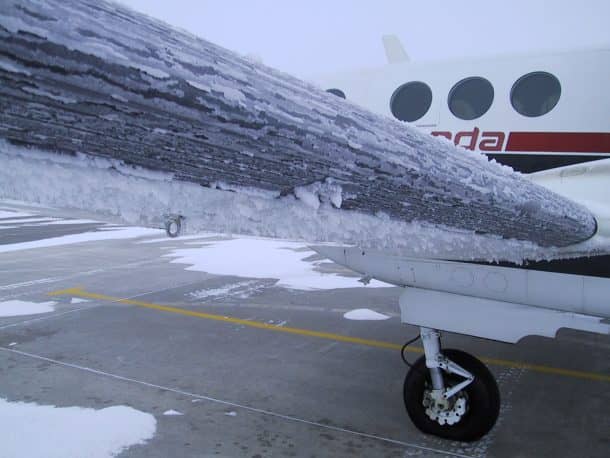
You may ask very often that why is it even done? At first, I thought they wanted to clean the plane and wipe the windows for the travelers to have a crystal clear view. The purpose, however, was not that shallow. So, we asked a Boeing engineer for explanation. Here is what we learnt. The vital parts of the plane apart from the fuselage such as wings and stabilizers at the tail should be clean for a safe flight, even from the snow. Although we agree that it adds to the beauty of a plane, it is dangerous to keep it covered with snow.
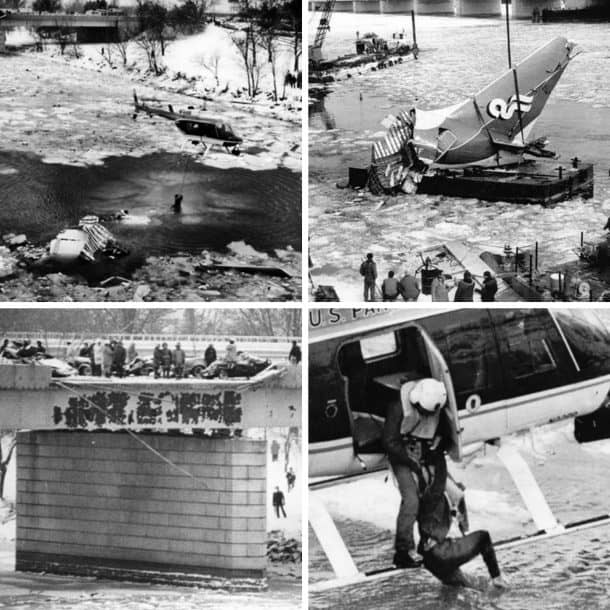
In 1982, Air Florida Flight 90 crashed into Potomac River when it hit a bridge just after a few minutes of its take-off from Washington DC. The cause of the crash was not using the internal ice protection system of the plane. Hence, the plane did not gain altitude. Just like your car needs to warm-up in the cold morning before the drive, since machinery in planes does not respond well to the cold either. In the case of planes, this matter is no joke!
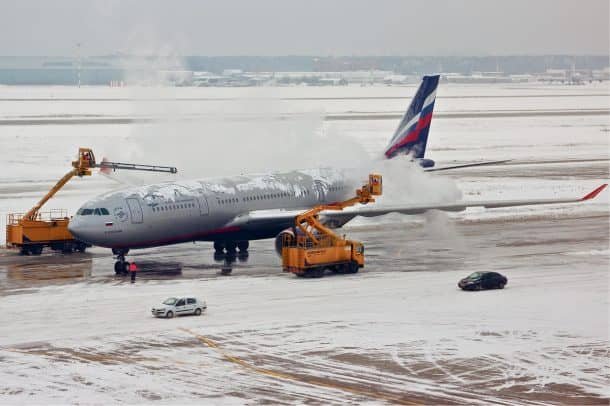
It is inevitable in sub-zero temperatures that the planes will not be covered by snow. The vital parts of the plane should not carry the added weight of snow and its moisture as it also interferes with the aerodynamics of the plane. The weight can alter the movement of the wings and ailerons. The de-icing is carried out at de-ice pad away from the gates to avoid clustering of incoming planes. This process is a safety hazard to people around the gate. The fluid used to de-ice is slippery, it depletes oxygen from water, and needs to be drained into a special tank.
De-icing requirements and methods vary according to the circumstances. If the weather is dry but the ice, snow, or even the frost is there, the One-Step procedure can be used. The method uses a heated orange fluid called Type 1 or Glycol fluid that is evenly sprayed over the ice. The Type I fluid is colored so that the affected area can be separated from the treated area. Type I fluid is combined with water in the ratio of 40:60 but that can be varied depending on the amount of ice and current temperatures. The smell of this fluid is like a maple syrup.
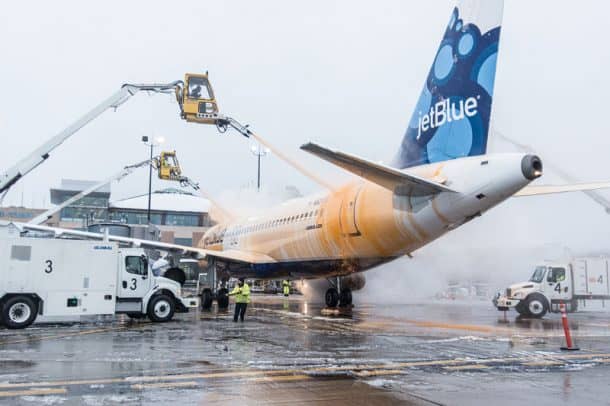
Around 4 trucks will be enough to de-ice the plane. The crew handles the application of fluid in an orderly fashion, from the tip of the wing towards the fuselage. Similarly, the tail is done from front to back and from top to the base. The fuselage is done from front to the back while avoiding cockpit, cabin window, engines, wheels, and nose of the plane, as they contain the instrumental sensors. The fluids can cause permanent damage to these critical parts of the plane.
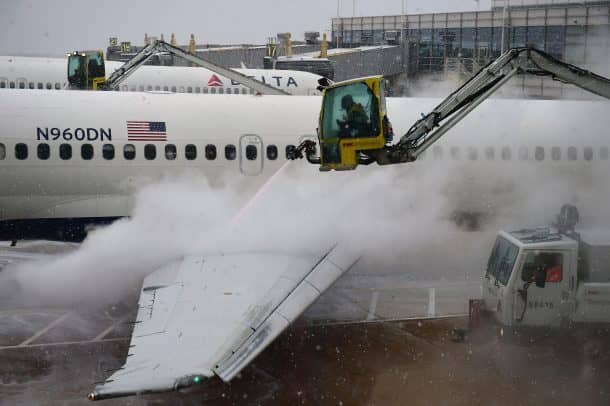
The other technique of de-icing is known as the Two-Step procedure. It is done using Type IV anti-icing fluid in rainy weather. The fluid is thicker, cold, green in color, and helps to prevent the ice buildup. The fluid is left on the plane so as it may be drained at the time of flight.
Once the plane has been de-iced, your flight will hopefully take you to your destination safe and sound!

